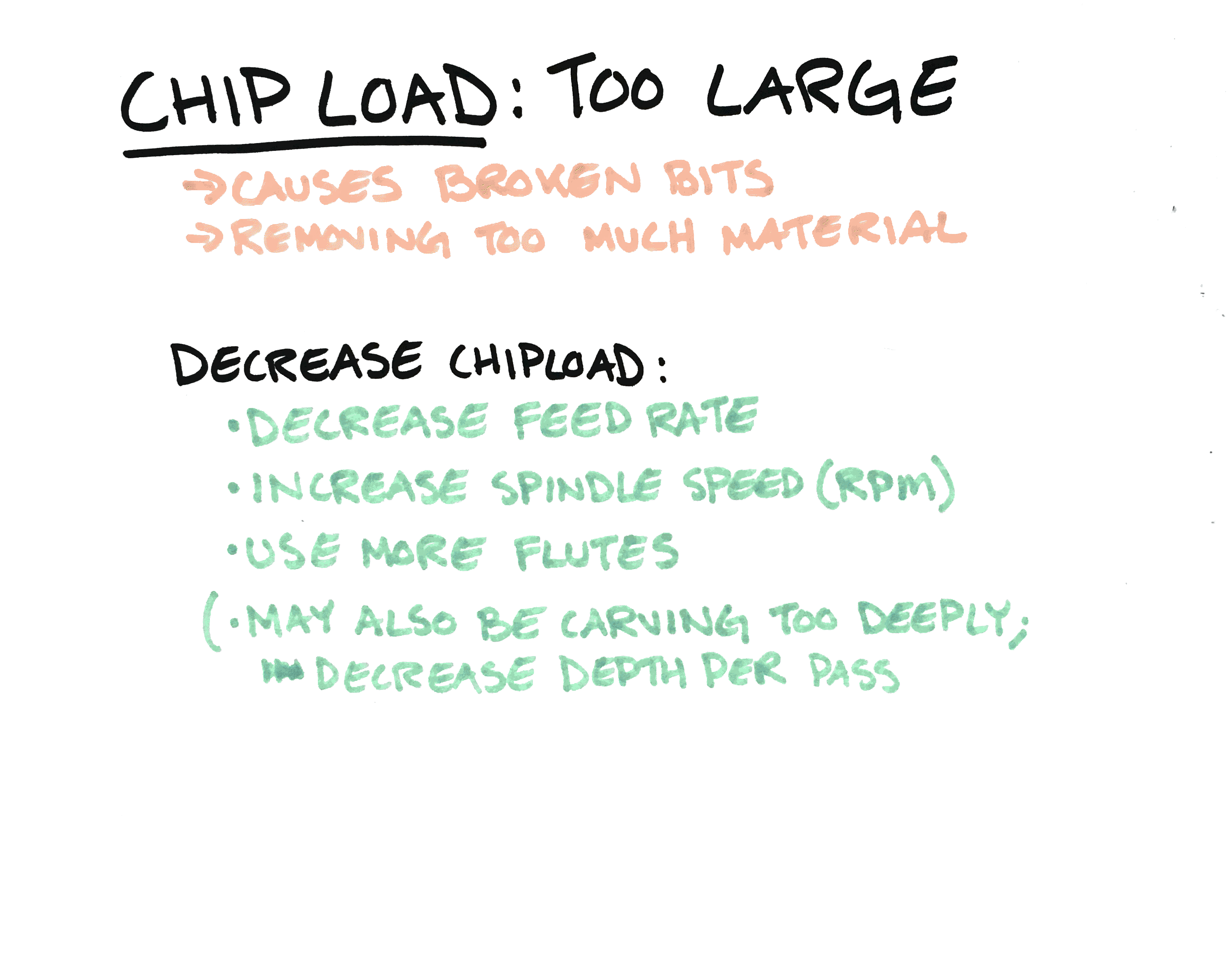

Manually prepared strips must conform to the format of machine‐generated strips and manual strip preparation procedures will be modified simultaneously with the operational implementation of changes in the machine‐generated format. Preplanning may be accomplished in red pencil.

Write the new altitude information immediately adjacent to it and within the same space.ĭo not draw a horizontal line through an altitude being vacated until after the aircraft has reported or is observed (valid Mode C) leaving the altitude.

Use an “X” to delete a climb/descend and maintain arrow, an at or above/below symbol, a cruise symbol, and unwanted altitude information. To correct, update, or preplan information:ĭo not erase or overwrite any item. Maintain only necessary current data and remove the strips from the flight progress boards when no longer required for control purposes. Unidentified Flying Object (UFO) ReportsįAA Order JO 7210.3, Para 6-1-6, Flight Progress Strip Usage.Special Use, ATC-Assigned Airspace, and Stationary ALTRVs.Terminal Radar Service Area (TRSA) - Terminal.Basic Radar Service to VFR Aircraft - Terminal.Initial Separation of Departing and Arriving Aircraft.Initial Separation of Successive Departing Aircraft.Standard Terminal Automation Replacement System (STARS)-Terminal.Use of PAR for Approach Monitoring - Terminal.

Automatic Terminal Information Service Procedures.At this altitude you will begin to perform checklists for the engine failure you experienced between $V_1$ and liftoff and your after takeoff flows and checklists.Ī transport category airplane with an engine inoperative must be able to meet the climb gradients stipulated in the image above. Level flight at acceleration height to $V_$ you transition into your enroute climb. However, this value can vary per runway and will be available to you in your performance data for a particular runway. This height is called the acceleration height and is normally 400' AGL. Note that for propeller aircraft, this height is 50' instead of 35'.ģ5' to acceleration height flown at $V_2$ĭuring this segment you climb at $V_2$ until you reach a height at which it is safe to level off and accelerate. The goal here is the reach 35' height before the end of your takeoff distance. After liftoff you will retract the gear and accelerate to $V_2$ while climbing. During normal all-engine ops this profile is still technically in place but you'll hit your speed and altitude targets in such a way that you'll takeoff into a climb with increasing airspeed and no intermediate level off (you will still likely use parts of the profile for your flap retraction schedule).Īt liftoff you are assumed to be in takeoff configuration with at least one engine not operating.
#ENROUTE 4 FEEDS AND SPEEDS FULL#
The full 4 segment profile described below assumes an engine failure at $V_1$ and stipulates a climb and speed profile to clear obstacles. You can find the 4 segment climb profile described for transport category airplanes in the (old) Pilot's Handbook of Aeronautical Knowledge (FAA-H-8083-25A) Ch 10 and codified in 14 CFR 25.111.


 0 kommentar(er)
0 kommentar(er)
